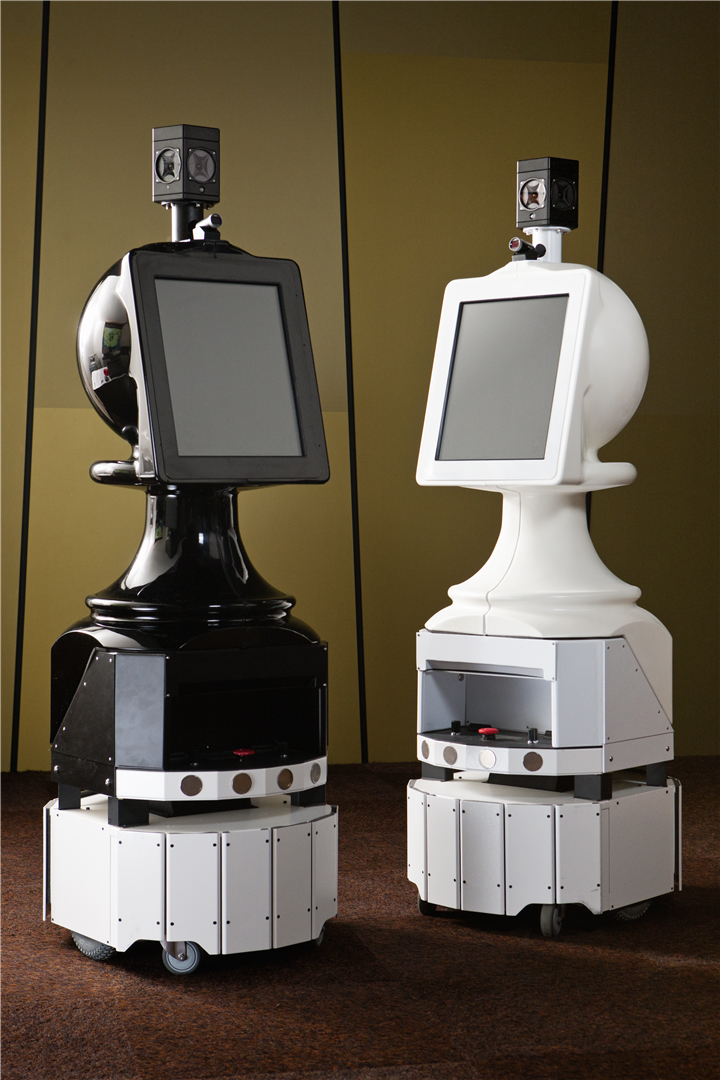 It’s a big place, the Murray-Darling Basin. Over a million km2 – about one-seventh of the whole of Australia. There’s a lot to know about it, and we’re helping students find out more for themselves, using a novel CSIRO innovation.
It’s a big place, the Murray-Darling Basin. Over a million km2 – about one-seventh of the whole of Australia. There’s a lot to know about it, and we’re helping students find out more for themselves, using a novel CSIRO innovation.
The National Museum of Australia and the Murray-Darling Basin Authority have teamed up to let students learn about this vast area, taking students on an interactive, customised tour of the Museum’s Murray-Darling Basin exhibits. But the really cool part? The students never have to leave their classrooms.
Using our Telepresence robot technology, museum staff are able to broadcast real-time images, video and audio back to students in their classrooms. Students can learn about how the Basin’s water movement and volume has varied over the past 300 000 years, and the importance of water quality and its role in determining where human settlements develop and whether they survive and prosper.
This is a new departure for the robots. In the past, they’ve mainly been used to give a taste of the museum to people in remote areas who can’t easily travel there. Now they’re letting students get an understanding of the broader Murray-Darling picture.
It works this way. The museum robot (accompanied by education staff) takes the remote visitors on a virtual tour of the museum.
The robot has a high speed broadband connection, so remote visitors can interact with a human educator in the museum. The human educator leads the robot, while the remote visitors use a panoramic camera to look around and explore. 
In an ultimate case of ‘look but don’t touch’ students can see and interact with information about each of the objects on display.
The best thing is that it’s a conversation, not a monologue with pictures. The museum educator can engage and challenge the students by posing multiple-choice questions, polling and viewing the student’s responses in real-time.
We’re doing a lot of work on digital immersive learning. Apart from the Telepresence robots, we’re working with science education experts to develop learning environments that mirror real-life places. These 3D models of real places will be created using our award winning laser mapping technology Zebedee and panoramic video to create the immersive environment. We’ve already taken students through Jenolan Caves from the safety of their own classrooms.
Almost makes you wish you were back at school again …

